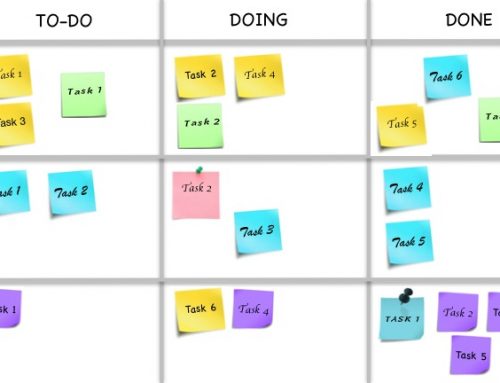What do you do when you are completely stuck on a problem? When your solutions are just re-hashed ideas from last week, last month, or last year? I do not believe that scientists experience their eureka-moments by themselves; and what is the fun in that anyway? I believe that “Eureka” occurs in the synergy of people working well together– in the ability to build off the ideas of others. When you are stuck, a much better plan than reading all the papers in front of you all over again, is to call for a brainstorming session.
- Who to brainstorm with
A good brainstorming should consist of at least three people, but preferably not more than ten. You can have an informal brainstorming session when you present your project for your lab group or project group, or you can set-up a brainstorming session solely to address the question at hand. While it feels safe to invite your closest colleagues, you need to invite people from outside your inner circle. By including people with other experience and skills you get a much broader array of solutions.
- Brainstorming rules
There are lots of different guidelines on how to brainstorm and do it well. One of the most influential companies on innovation and product development companies, IDEO, have seven rules that they use on how to brainstorm: Be Visual, Defer Judgment, Encourage Wild Ideas, Build on the Ideas of Others, Go for Quantity, One Conversation at a Time and Stay Focused on the Topic. You can read about these rules and also get some more tips on how to perform a successful brainstorming in this article from FastCompany.
From my experience not all meeting participants will contribute. In most cases this isn’t due to a lack of ideas, but that they are completely overshadowed by others. So I would add an extra rule; Include Everybody. The facilitator or the person running the session needs to make sure that everybody is noticed and heard.
- Write Fast-Think Fast
You need to have one person leading the meeting and making sure that the rules are followed. The topic needs to be clearly defined and the participants need to be challenged to participate and contribute as much as possible. When the ideas are coming they need to be written down. Either one person writes them down, or each person writes down their own ideas. Using sticky notes or index cards to write each idea on will facilitate the sorting a great deal later. Be sure to build on the ideas!
- What to do after a brainstorming
A brainstorming session is just the beginning– you need to now group, grade, eliminate, and continue building. You can also choose to work with a few that you select to work with further, and also ask others to join. In the book Gamestorming that I reviewed in a previous blog post, you can find many ideas on how to continue.
- Does brainstorming work?
In my experience, yes… But it also depends on what you are trying to accomplish. I’ll write about that in a later blog post and cover what brainstorm critics are saying.
Next time you encounter a problem that you feel stuck on, or when you have an idea you want to get input on – call in for a brainstorming and see how it works for you. Remember to use the rules I suggest on how to brainstorm. If you don’t like those, check out the the video below which has an alternative set of rules.
Leave a comment below on the experiences you have with how to brainstorm, and add hints and tips that you know work well for your brainstormings.







Leave A Comment